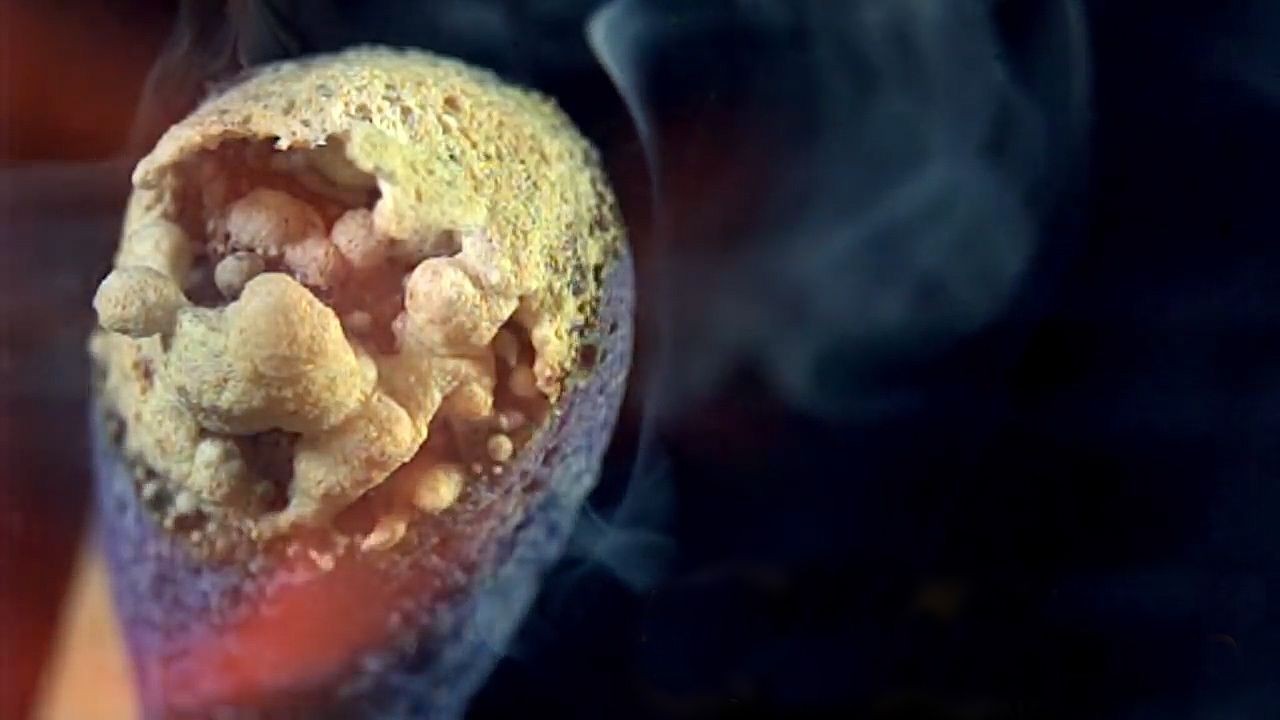Combustion is a fundamental chemical process vital to many aspects of our lives and industries. It’s a chemical reaction between substances, most commonly involving oxygen, that produces heat and light, often in the form of a flame. The rapid combination of reactants in combustion is due to both the nature of the reaction and the fact that more energy is generated than can dissipate, causing the temperature to rise and further accelerate the process.
 Lighting a matchstick demonstrating combustion
Lighting a matchstick demonstrating combustion
The Combustion Reaction Explained
At its core, combustion is a type of oxidation. While oxidation was initially defined as the combination of oxygen with a substance, its meaning has expanded to include any reaction where atoms lose electrons. In combustion, a combustible material reacts with an oxidizing agent, typically oxygen, resulting in the release of energy.
A Common Example: Striking a Match
The act of striking a match provides a clear illustration of combustion. The friction from striking the match head generates heat. This heat initiates a chemical reaction among the compounds in the match head, releasing more heat than can be dissipated into the surroundings. This excess heat sustains the reaction, resulting in a flame. If external factors like wind dissipate the heat too quickly, or if moisture interferes with the initial reaction, the match will fail to ignite. When a match ignites correctly, the heat from the flame then elevates the temperature of the nearby matchstick material and the oxygen present in the surrounding air. This further triggers a combustion reaction between the wood and oxygen. This process will eventually reach a point of equilibrium, where the total energy of the reactants and the total heat energies of the products are balanced, effectively ending the combustion.
Flame Characteristics and Composition
Flames, a hallmark of combustion, are complex structures with a definite composition. These multiform structures can exist across a broad temperature range, from relatively cool to exceedingly hot. The light emitted by a flame is a result of excited particles, charged atoms and molecules, and free electrons present within the flame.
The Breadth of Combustion
Combustion is a widespread phenomenon with diverse applications across various sectors, including industry, science, and even everyday life. Its application relies on understanding principles from physics, chemistry, and mechanics, particularly in the context of flame propagation.
Oxidation and Reduction in Combustion
Combustion is a multifaceted process, and while the primary event is typically the combination of a combustible material with oxygen, it also involves other reaction types. It’s important to note that most flames contain regions where reduction reactions occur, in contrast to the oxidation reactions that characterize the overall combustion process. Nevertheless, the dominant process in combustion remains the rapid combination of a fuel source with oxygen.
In conclusion, combustion is a complex but crucial chemical reaction that powers much of our world. From generating electricity to propelling vehicles, understanding the fundamentals of combustion is essential for numerous fields and applications.

